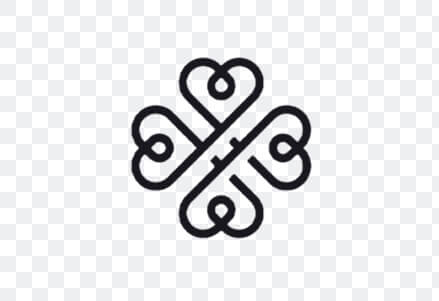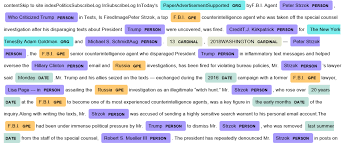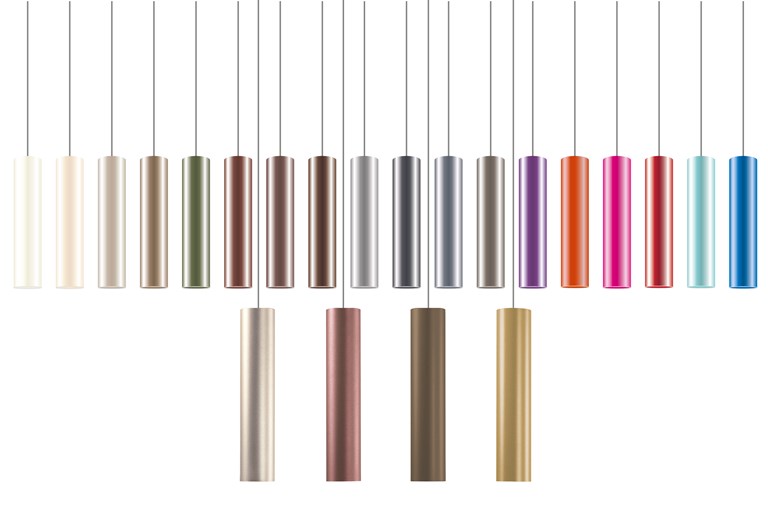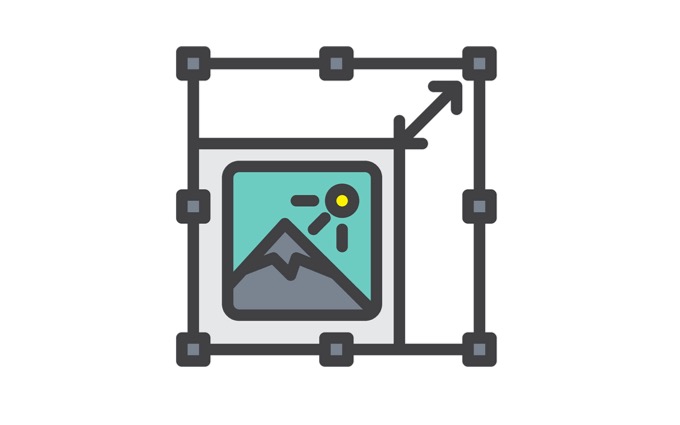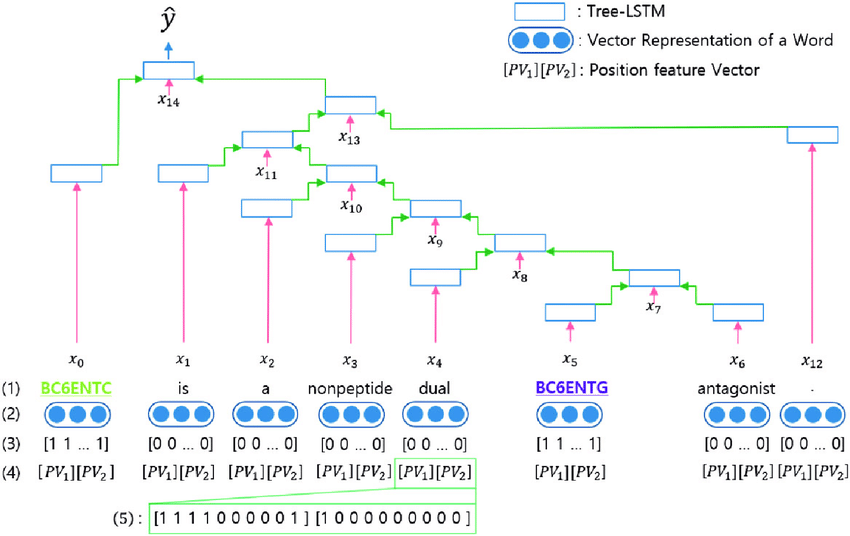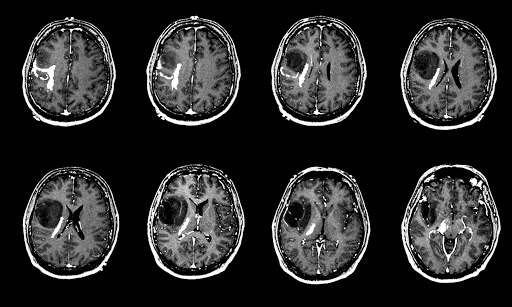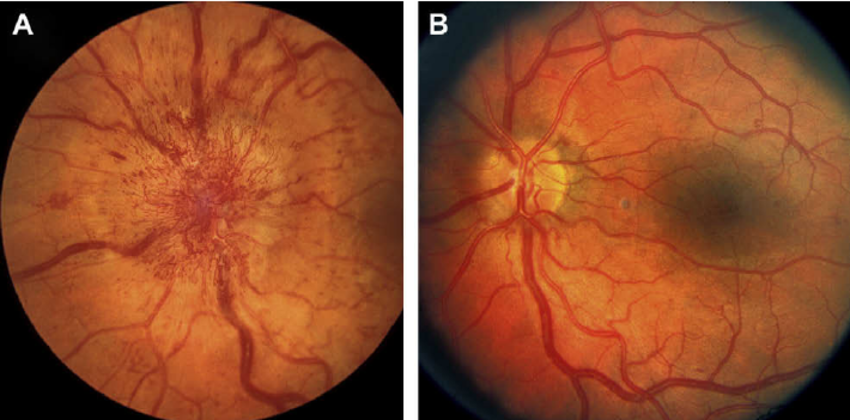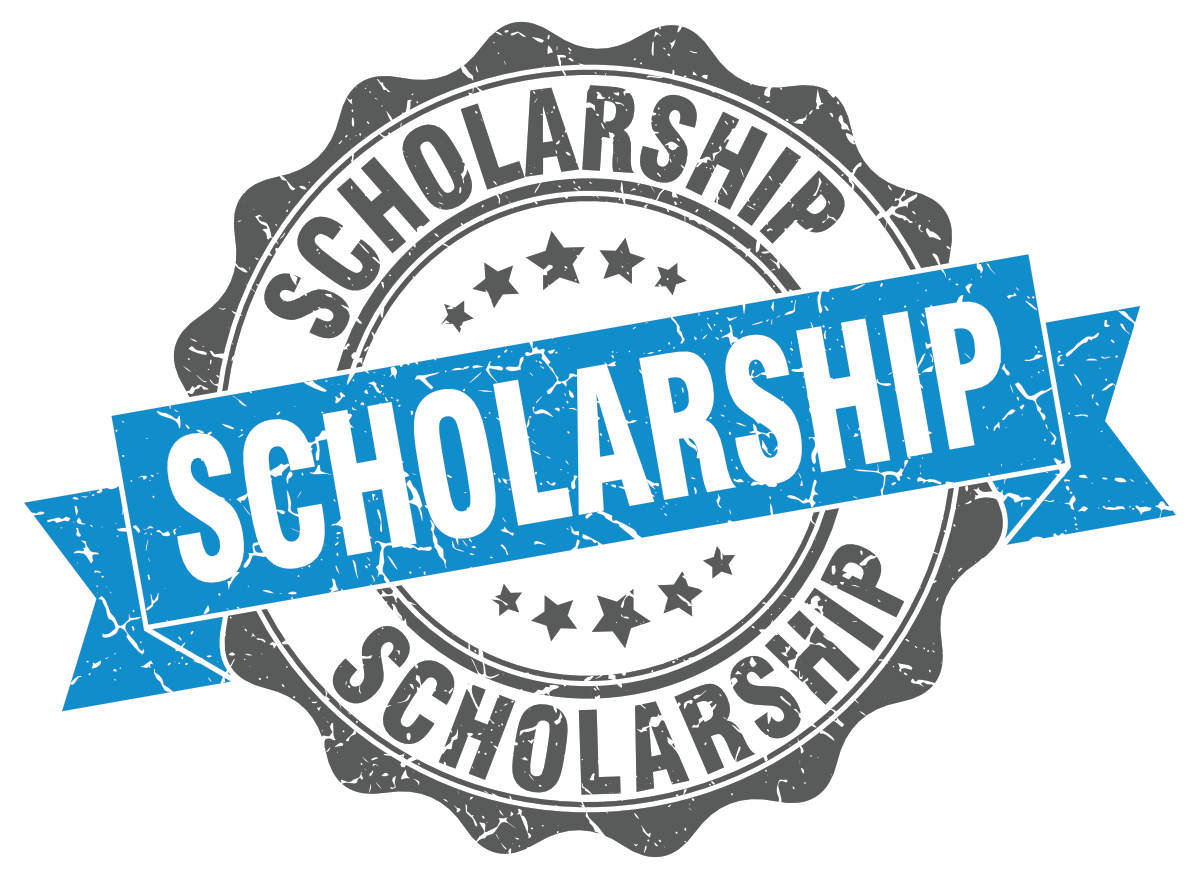In this project, we have worked on simple yet powerful deep network architecture, U2-Net, for salient object detection(SOD) and utilized & extended the architecture in order to improve the efficiency of the “Image Background Removal” & “Ghost Mannequin”. The design has the following advantages: (1) it is able to capture more contextual information while generating image masking from raw images (2) it increases the depth of the whole architecture without significantly increasing the computational cost because of the pooling operations used in these RSU blocks.

Welcome to the website of Md Ashikur Rahman, "Lead, Artificial Intelligence (AI)" at the Image Processing Lab of The KOW Company. With vast experience in the field of machine learning, Md Ashikur Rahman is dedicated to exploring new AI applications and identifying opportunities for continuous improvement through research. His contributions to the team include collaborating with teammates to find efficient and effective solutions, managing AI projects, developing AI strategies, and working with business units. As an accomplished machine learning engineer, Md Ashikur Rahman has evaluated research limitations, constraints, and performance while developing neural architectures, designed deep network architectures for object detection and segmentation, and generated optimized and well-structured code while adhering to design principles. His dedication to excellence and innovation has made him an integral part of the KOW Company team.
Interests
- Machine Learning
- Neural Networks
- Computer Vision
- Natural Language Processing
Education
-
BSc in CSE, 2011-2015
American International University-Bangladesh (AIUB)
CGPA: 3.87 out of 4.00
Academic Award (2015), Magna Cum Laude
